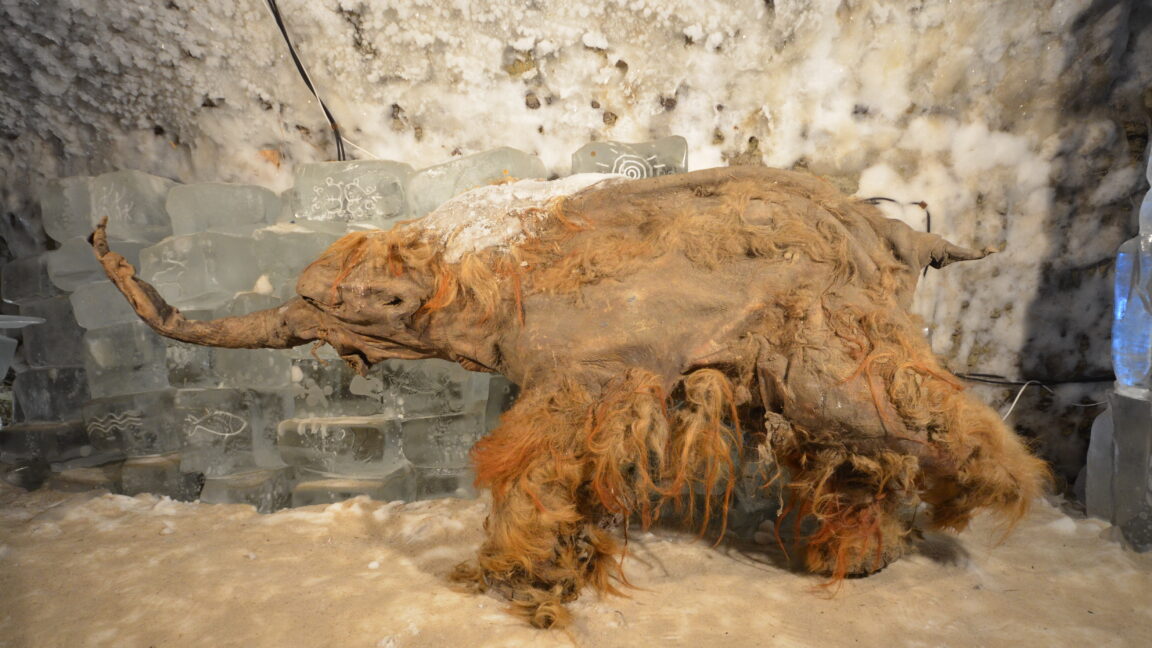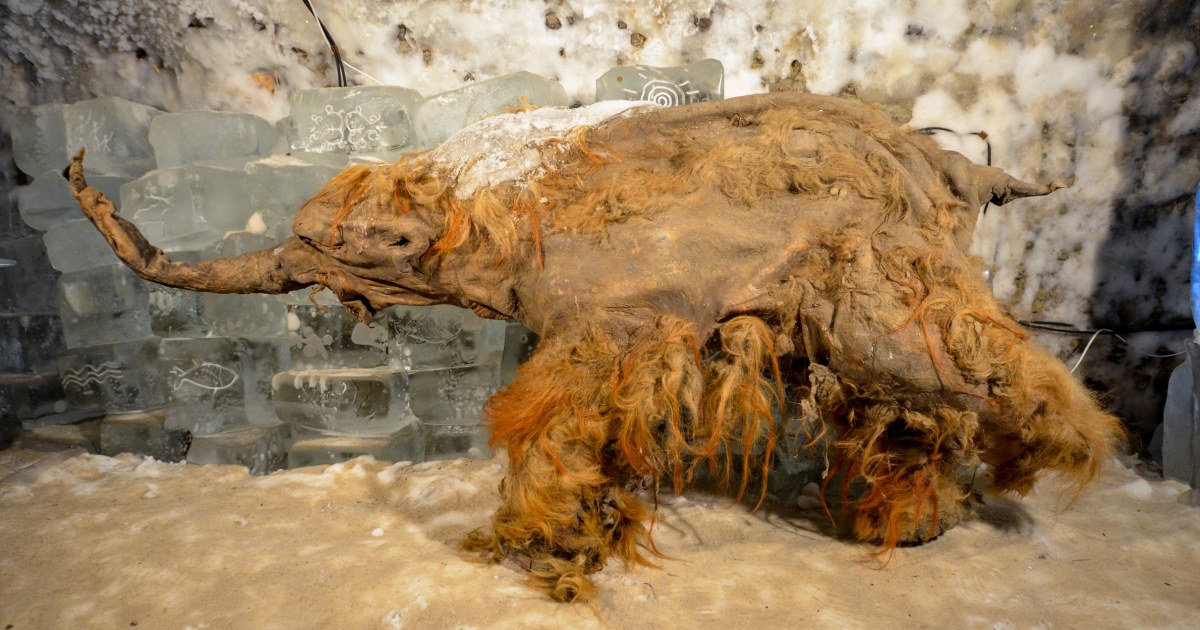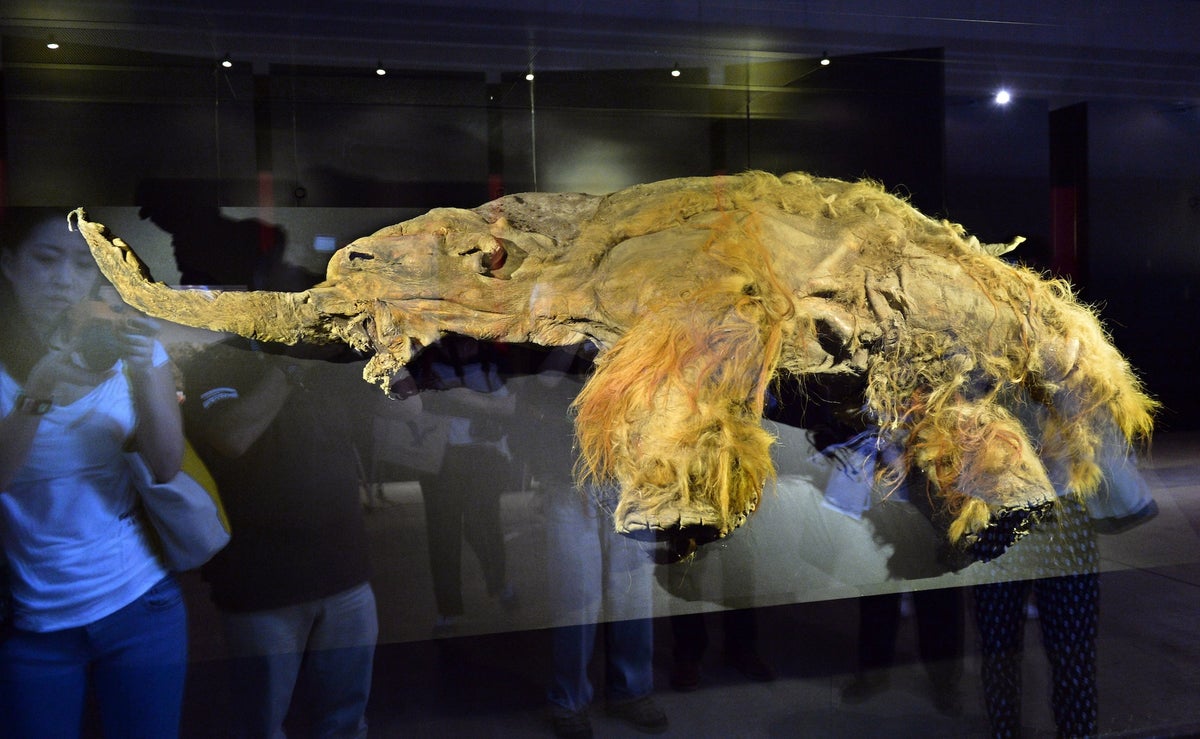Ancient RNA Extracted from Woolly Mammoths Reveals Insights into Extinct Giants' Biology
Researchers extracted and sequenced the oldest RNA from 40,000-year-old woolly mammoths, offering unprecedented insights into their biology and final moments.
Overview
- Researchers successfully extracted and sequenced the oldest RNA molecules from Ice Age woolly mammoths, providing groundbreaking insights into the biology of these extinct animals.
- The ancient RNA, preserved in permafrost for 40,000 years, revealed gene expression patterns and signs of physiological stress experienced by the mammoth before its death.
- The authenticity of recovered RNA was rigorously confirmed via computational comparisons, overcoming the challenge of RNA's inherent instability outside living cells.
- Analysis of RNA from the woolly mammoth named Yuka specifically identified it as male, based on the presence of Y chromosome genes within its genetic material.
- This pioneering research, published in the journal Cell, offers a unique window into the life and death of woolly mammoths, enhancing our understanding of ancient life.
Report issue

Read both sides in 5 minutes each day
Analysis
Center-leaning sources cover this scientific breakthrough neutrally, focusing on the factual details of the discovery, methodology, and implications. They present expert perspectives without editorializing, using descriptive language to convey the scientific achievement rather than to frame a particular viewpoint. The reporting prioritizes objective information, allowing the science to speak for itself.
Articles (7)
Center (4)
FAQ
Researchers confirmed the authenticity of the RNA by identifying rare mutations in certain microRNAs that are unique to mammoths, providing a 'smoking-gun' demonstration of their origin. Computational comparisons were also used to rule out contamination.
The ancient RNA revealed gene expression patterns and signs of physiological stress experienced by the mammoth before its death, offering unprecedented insights into its biology and final moments.
RNA is more fragile than DNA because it is less chemically stable and more susceptible to degradation by enzymes and environmental factors. Permafrost preserved the RNA by maintaining extremely cold, stable conditions that slowed down degradation processes.
Identifying Y chromosome genes in Yuka confirmed that the individual was male, providing specific genetic information about the sex of the mammoth and enhancing the accuracy of biological reconstructions.
Combining ancient RNA with DNA and proteins could reveal more comprehensive biological profiles of extinct species, including gene regulation, physiological states, and evolutionary adaptations, fundamentally reshaping our understanding of ancient life.
History
- 7h

 4 articles
4 articles





